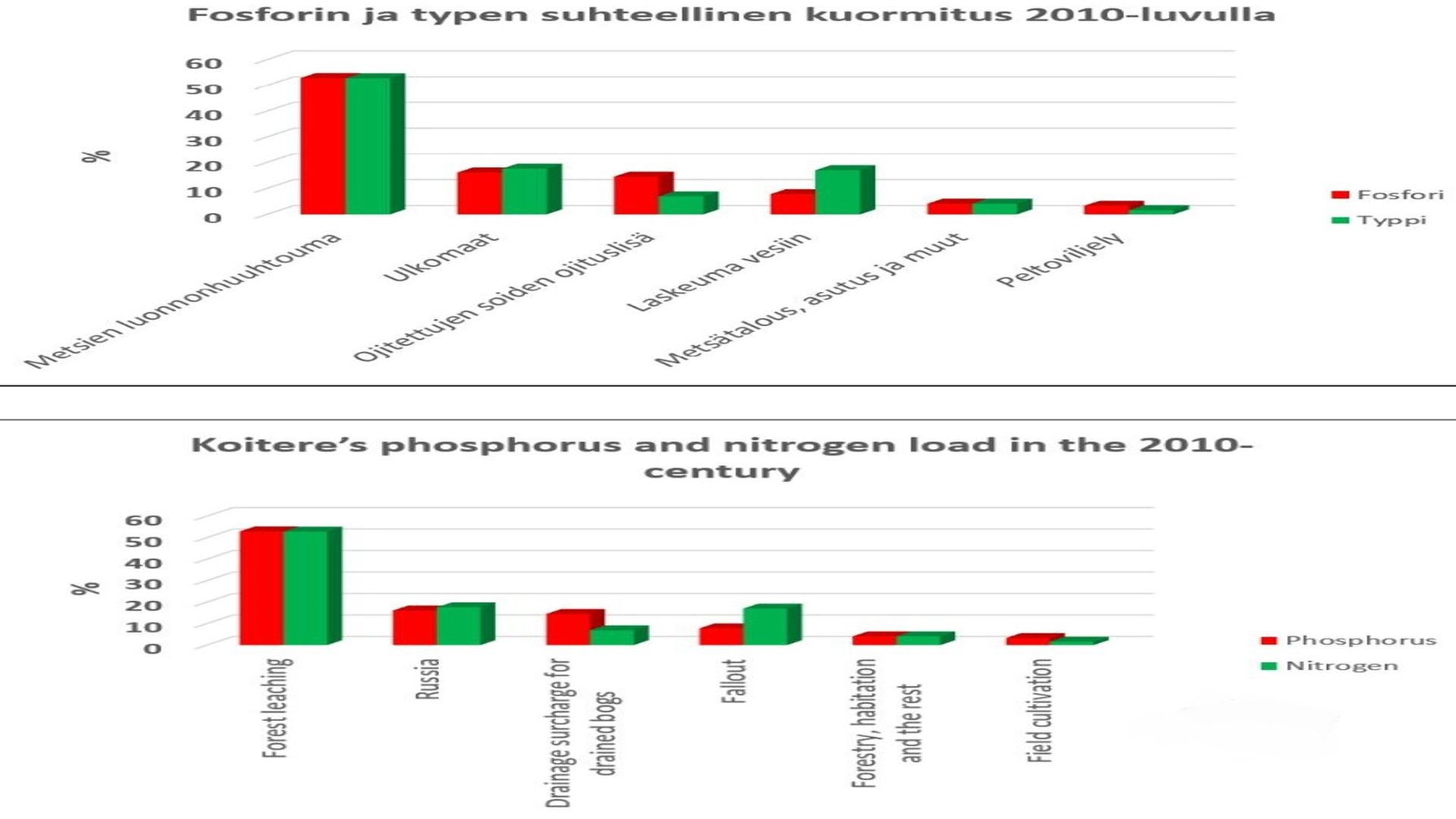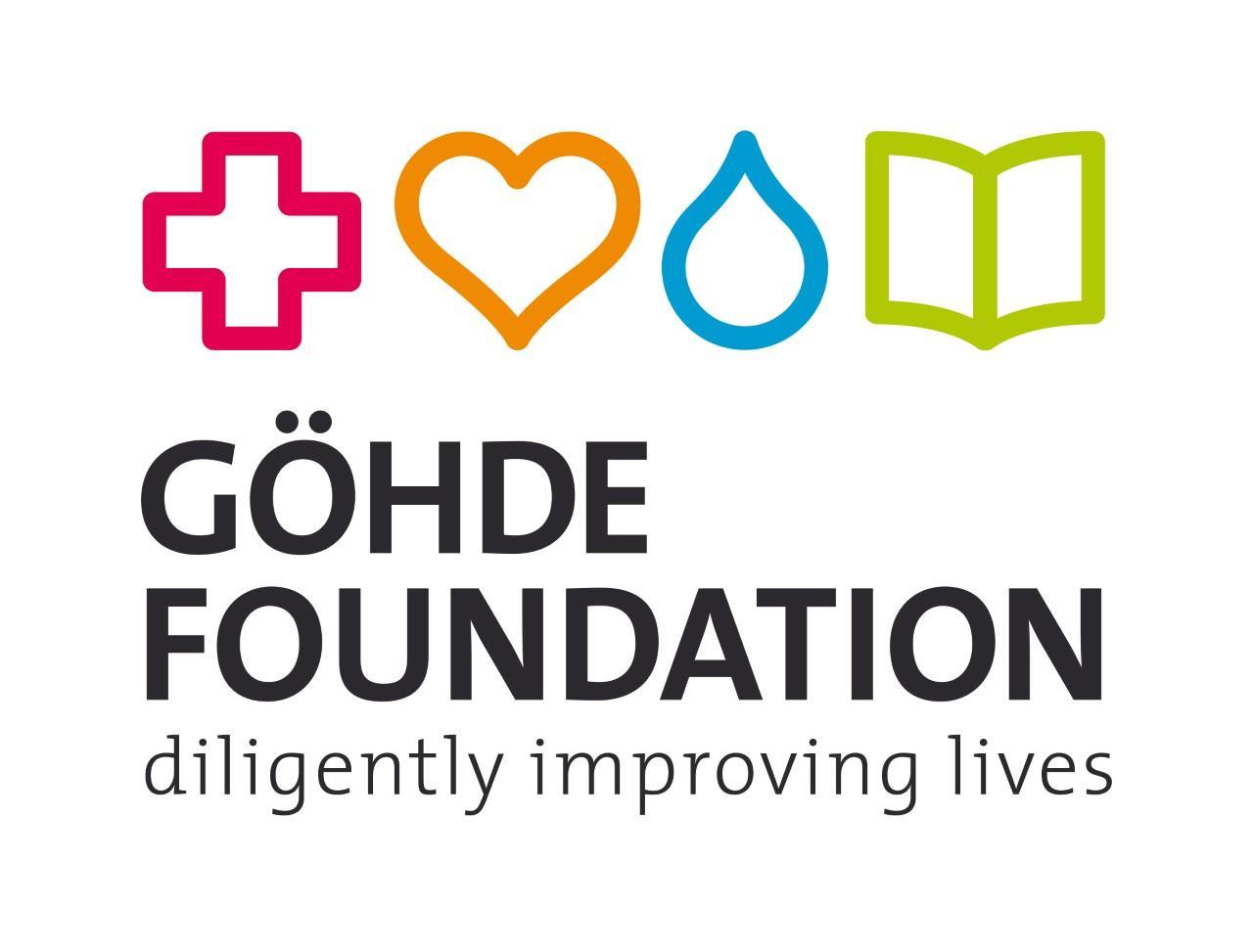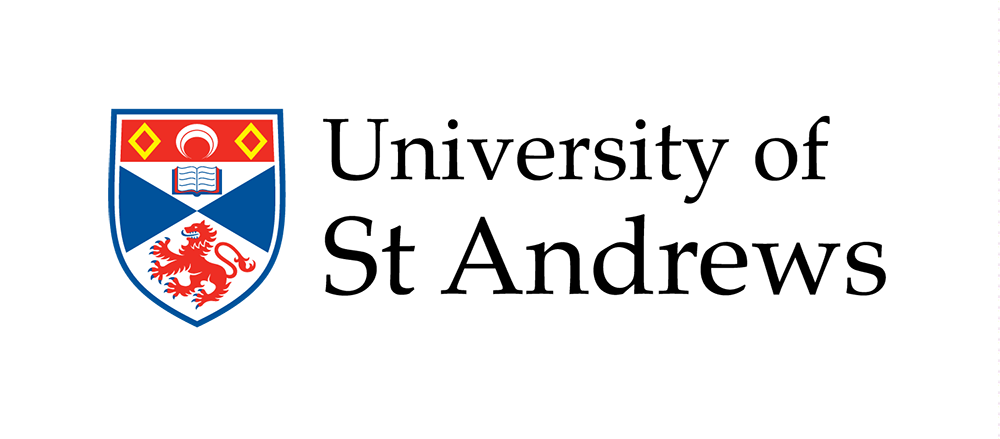
Lake Koitere
The nutrient load of Koitere
Koitere is an oligotrophic lake. The quantity of phosphorus and nitrogen in the water affects its level of eutrophication. Over the 2010s and 2020s, more than half of the nutrient load has been caused by natural leaching, which humans cannot control. Majority of the loading comes from the Finland. About 20 % of the loading derives from Russia. The major human-induced cause for the loading derives from the drainage of peatlands for forestry purposes.
• The total load of phosphorus has been about 18,500 kg annually.
• The total load of nitrogen has been about 480 250 kg annually.
If the load of phosphorus or nitrogen increases, algal blooms in Koitere may increase. When decomposed, algal blooms decrease the oxygen levels of the water. Fish suffer from impaired oxygen conditions, especially in the winter.
The nutrient load on Koitere can best be reduced by restoring drained peatlands.

Mercury in Koitere
The mercury levels in various fish species, such as pike, pikeperch, perch and burbot are high in Koitere. Over several years, they have exceeded the limits of health recommendations for food. The limit for pike is 1,0 mg/kg. For other species the limit is 0,5 mg/kg. Large and heavy fish are likely to contain more mercury than small fish.
• The mercury levels of pike have been measured since 1972. In 2000, 2001, 2012 and 2018, average levels exceeded 1.0 mg / kg. Studies were conducted over five different years.
• The levels of perch were measured in 2000 and 2012, with average levels exceeding 0.5 mg / kg
• The levels of burbot were measured in 1980 and 2000, with average levels exceeding 0.5 mg / kg
Hydropower-caused water level regulation, dark and humus-rich water, forestry and drained peatlands increase the mercury levels of Koitere. The problem can be addressed by restoring the peatlands, and Snowchange is conducting large scale scientific studies to determine the best solutions for the problem.
Water quality development in Lake Koitere 1965-2021
Between 1965–2021, the water near the surface has changed followingly:
• Level of eutrophication has lowered
• The water is darker and contains more humus
• The water is more acidic (slight change)
Between 1965–2021 the water near bottom has changed followingly:
• Level of eutrophication has grown.
• Water contains more humus,
• less oxygen,
• and it is more acidic.
Over the past 60 years, the quality of water near the surface has improved. The quality of water near the bottom has, however, declined. In the 1960s, a lot of peatlands nearby Lake Koitere were drained for forestry purposes. Nutrients from those peatlands are now at the bottom of the lake, decreasing its water quality.
Due to climate change it rains more often. Rain increases leaching and the humus load into Lake Koitere. Humus makes the water darker and more acidic.
Peatland restoration improves the lake's water quality
Peatlands that have been drained for forestry purposes permanently release remarkable amounts of phosphorus and nitrogen into lakes and rivers. This can best be reduced or eliminated by restoring the peatland towards its natural state. In Finland, more than half of all peatlands have been drained, most of them in the 1960s.
In the region of North Karelia, the nutrient load from the ditches of forested peatlands is following:
• Annually 110 grams of phosphorus per hectare of drained peatland forest
• Annually 1,590 grams of nitrogen per hectare of drained peatland forest
Restoration can temporarily increase the amount of nutrient leach. However, in the long term, it will remarkably reduce the amount of nutrients that end up in the water. At the same time, a restored peatland retains phosphorus and solid matter.
This website is maintained by Snowchange Cooperative, an independent non-profit that was started in late 2000 to document climate and environmental change in the North and work with local and Indigenous communities of the Northern regions. The Landscape Rewilding Programme of Snowchange advances community-based and -controlled efforts to fight climate change, enhance biodiversity and protect waterways.



Built by Nolwenture
Hosted by Bittiguru